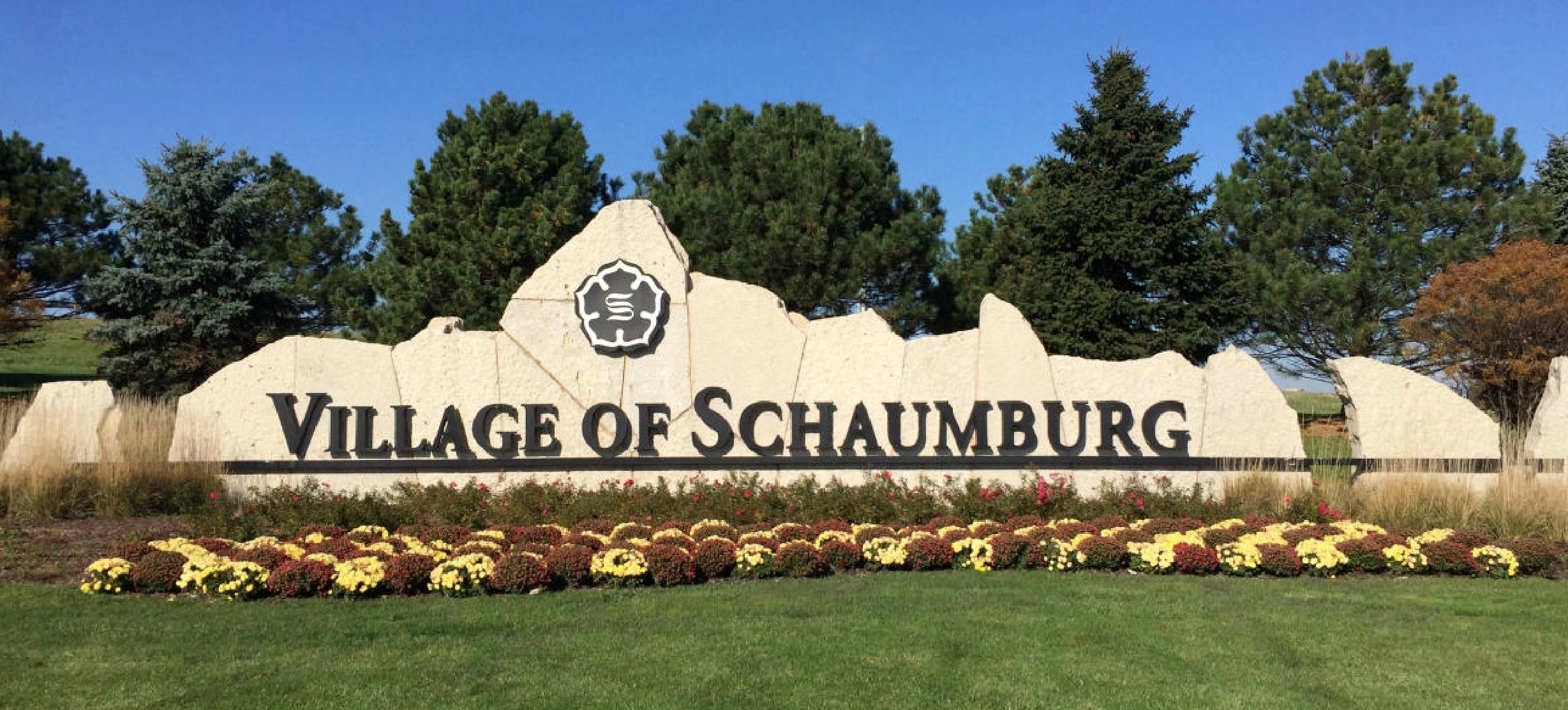
About
About
Located just 30 miles outside Chicago and about 11 miles west of O’Hare International Airport, Schaumburg is the premier suburban business destination in Illinois. In the past 60 years, with vision and thoughtful planning, Schaumburg has transformed from a small farming community into a thriving economic center that is home to more business in Illinois than any other community outside of Chicago. The village’s businesses provide support to the community’s 78,000 residents, 80,000 employees and the northwest suburbs by offering professional and high-quality services and goods.
Beyond this distinction as the economic center of the northwest suburbs, Schaumburg is a community of neighbors with first-rate services and amenities offering those who live here a high-quality life. Schaumburg offers a variety of unique opportunities that can satisfy anyone’s particular craving. Residents can attend a concert or the Farmers Market in the Town Square, take in theater and other shows at the Al Larson Prairie Center for the Arts, visit the Trickster Cultural Center (Native-owned and operated art gallery), discover family fun at Legoland Discovery Center, enjoy independent league baseball at Wintrust Field, or use any of the nationally recognized Schaumburg Park District facilities. Additionally, the Schaumburg Township District Library is the second-largest public library in Illinois, with more than one million visitors each year.

History
The Village of Schaumburg was incorporated on March 7, 1956, but the heritage of Schaumburg dates back to the much earlier times when the first inhabitants of the area were members of the Sauk, Fox, Pottawatomie, and Kickapoo Indian tribes.
Schaumburg’s earliest residents were primarily German-speaking immigrants and their days consisted of farming, community and family. In many ways that remains true today, although now Schaumburg is a mecca of commercial activity. “Images of America – Schaumburg” is a pictorial testament of what life was like for past residents before the days of malls and expressways.
By the mid-nineteenth century, settlers first began to arrive from Germany and the eastern United States. Legend has it that the earliest settler was Trumball Kent from Oswego, New York. Kent, a “Yankee,” as settlers from New England were called in the west, founded a settlement in 1835 not far from what is now called Olde Schaumburg Centre, formerly known as Sarah’s Grove.
The first recorded settler of Schaumburg Township was German-born Johann Sunderlage. According to legend, Sunderlage was a member of a survey team that divided Cook County into townships around 1833. He liked the area so much that, upon completion of the project, he brought his family from Germany and settled in the area around 1836.
Sunderlage and his family occupied their land in the Township until the federal land sale of 1842 allowed them to purchase the property and obtain the deed. Sunderlage and Kent represented the predominant groups that settled Schaumburg Township in its early days. In 1840, 56 percent of the Township households originated from the eastern United States, while 28 percent were German-born. By the 1850s, the population mix had settled to 28 percent “Yankee” and 48 percent German.
By 1870, Schaumburg Township had become completely German. Land records show that all the property in the Township was owned by German immigrants or their descendants. This pattern emerged as many Yankee settlers continued to travel west for the promise of newly opened lands on the Great Plains. The land they occupied in Schaumburg was then purchased by German-born immigrants.
Schaumburg Township remained almost exclusively under German ownership until the Great Depression of the 1930s. The Depression caused the foreclosure on some German-owned farms which were then purchased by non-German individuals and companies.
Nonetheless, German heritage remained important in the area. German was the first language of the majority of households until the 1950s. St. Peter Lutheran Church, the community’s oldest church which was constructed in 1847, held services in German as late as 1970.
Mission Statement
In partnership with the community, the mission of the Village of Schaumburg is to provide the highest quality municipal service to our customers through thoughtful planning, fiscal responsibility, and accessible, responsive, and proactive leadership resulting in a continuously improving quality of life.